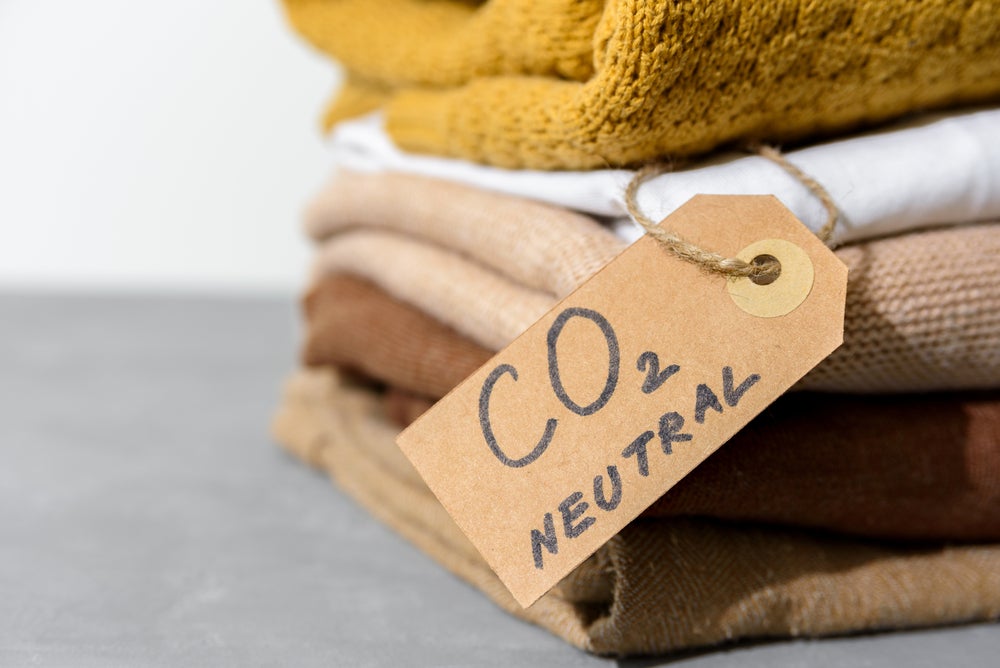The retail sector finds itself at the intersection of contributing to and being affected by climate change. A report by the National Retail Federation (NRF) underscores the escalating challenges retailers face as a result of a warming planet.
Supply chain disruptions, extreme weather events, and rising costs are compelling the industry to reassess its operations.
Many retailers are taking meaningful steps to curb emissions, particularly within their supply chains. These measures reflect an awareness of their environmental responsibility.
As the NRF report highlights, “Retailers recognise the critical need to address greenhouse gas (GHG) emissions across their operations and supply chains to mitigate climate risks.”
Shoppers seek clarity amid growing awareness
Consumer awareness of the environmental impacts of shopping has grown significantly in recent years. Reports from Bailey (2022) and the Priceless Planet Coalition (2021) reveal that many consumers are willing to adjust their habits to combat sustainability challenges.
However, the complexity of emission hotspots across product life cycles can make it difficult for shoppers to make informed decisions.
Key challenges include understanding the environmental impact of in-store versus online shopping. Although ecommerce peaked during the Covid-19 pandemic, it remains a significant and growing retail channel. Contrasting opinions on which retail model is more sustainable contribute to consumer confusion.
The NRF report notes, “Consumers are hearing conflicting information around whether ecommerce or bricks-and-mortar shopping is better for the environment, leading to inconsistent assumptions about sustainable purchasing behaviours.”
Focusing on emission hotspots
Research on retail product life cycles has identified several emission hotspots—key areas that contribute the most to a product’s overall carbon footprint.
Targeting these hotspots offers significant opportunities to reduce GHG emissions. While businesses, governments, and NGOs hold significant responsibility, consumer behaviours also play a crucial role.
The NRF report suggests that consumers can make an impact by being mindful of their purchasing choices, from selecting energy-efficient products to supporting retailers committed to sustainability.
Yet, the report emphasises that, “No single actor can resolve this issue alone. Collaborative efforts across all sectors are essential to combat global climate change.”









